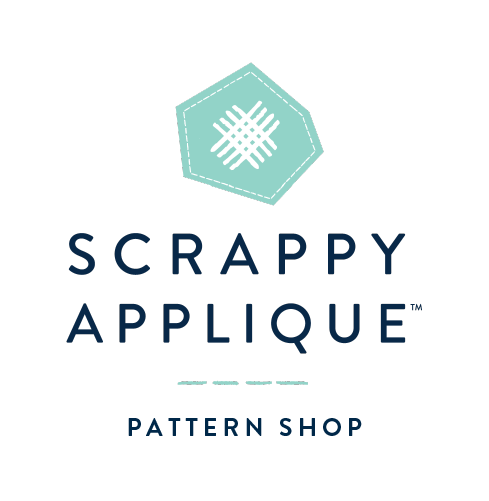Shibori is a traditional Japanese method of dyeing fabric (traditionally with indigo) after folding and binding the fabric in particular ways to reveal really beautiful patterns.

Indigo dye comes from the Indigofera plant, that along with the cotton plant, originated in Africa over 150 million years ago. It grows naturally in only tropical environments, including Africa, India, Indonesia, Japan, China, as well as Central and South America, but has been cultivated and grows in southern US states and elsewhere.

Dying with indigo dates back thousands of years and evidence of indigo dyed cloth has been found with Egyptian mummies, as well as archeological sites in Japan, China, Africa, Peru, and Guatemala, most of these cultures developed their own form of resist dyeing. But it is the Japanese form of resist dyeing, Shibori, that we’ll be exploring, because of its incredible variety and artistry.

When we use the term “resist” in dyeing, it means blocking the dye in some way from parts of the fabric. There are lots of different “resist” methods, like fold resist, tie resist (which includes “tie-dyeing”), stitch resist, as well as resist using wax, stencils, or paste.

An overarching term for Shibori, is “Shaped cloth resist”. Shibori is turning a piece of fabric into a 3 dimensional shape, then dying it. When the fabric is unfolded, and back to 2 dimensions, the “memory” of the shape remains imprinted on the fabric.

Dyeing with indigo can absolutely be done at home, and while preparing an indigo vat in the traditional manner can be a little complex, there are indigo dye kits out there, that make it as easy as filling a 5 gallon bucket with warm water and emptying 3 different pouches into the vat and stirring.

With a single indigo vat, you can dye many yards of fabric. When fabric first comes out of the dye vat, it is a lime green, and as oxygen hits it, it gradually turns to teal, then indigo, it’s really neat to watch!

I love the look that hand-dyeing fabric gives, whether you just submerge the fabric to get an all-over color, or fold and twist the fabric using shibori methods to create a pattern, no 2 pieces of fabric will be alike, and they add such dimension to a quilt, as opposed to the flat block of color that commercially dyed fabric provides.

With shibori, the design possibilities are endless, and you can involve the whole family in the fun!
We learned all about dyeing with indigo and explored lots of different shibori techniques in Meander this month! Meander is an online guild where we explore new styles and techniques every month-- learn more about Meander, here.
I'd love to hear from you! Have you dyed fabric in the past? Ever use indigo? Or has it seemed overwhelming or like too much work? Leave a comment below!




2 comments
I started doing this a year ago. It’s so magical. I use the jacquard indigo natural dye kit. I also only dye with 100% cotton or linen. Are there any other fabrics I can use, like silk?
I haven’t tried shibori but I want to. I’ve done some shibori like techniques on silk in a class. I gather a group of friends every summer to do sun printing with Seta color. It’s so much fun!